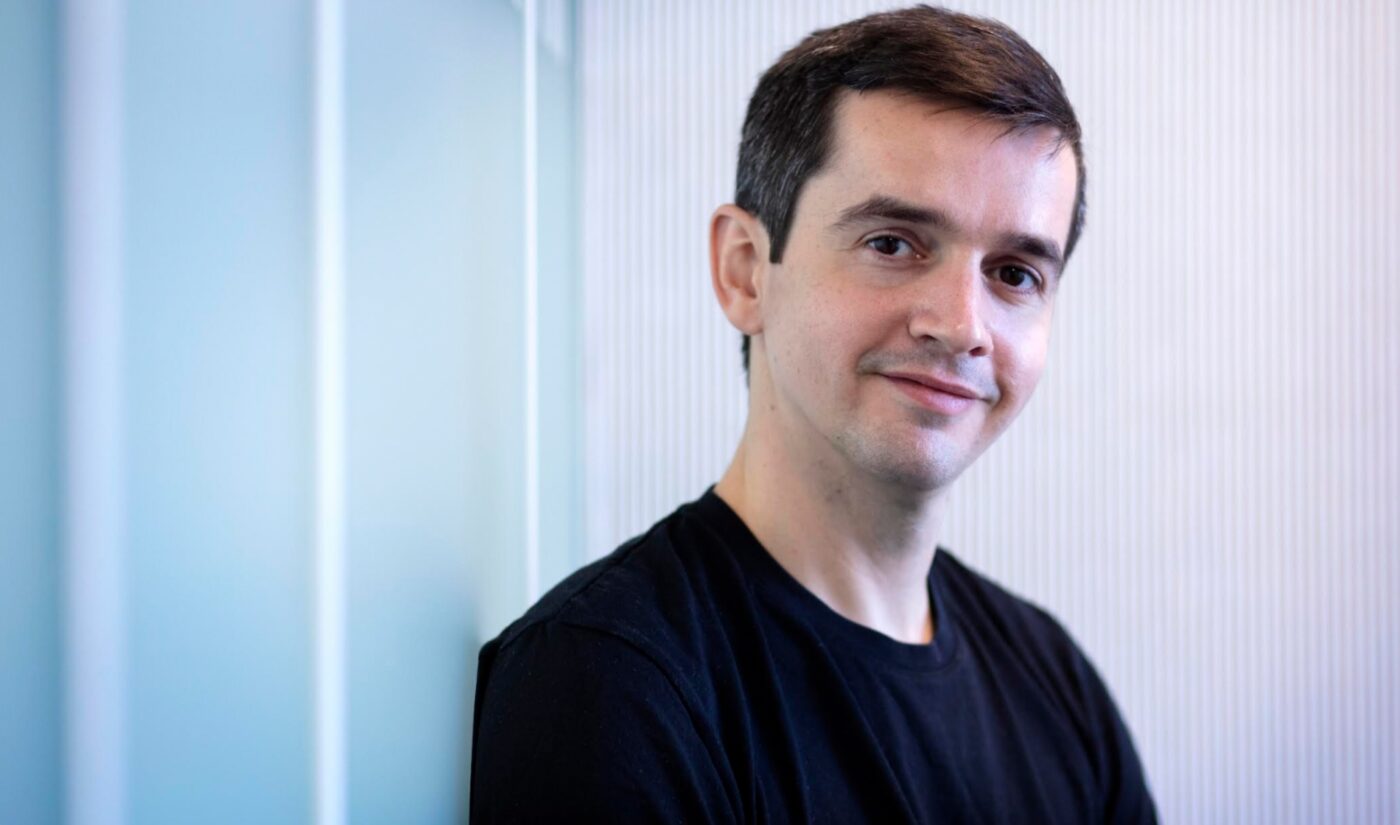The day has finally arrived. Today is February 1, which means that YouTube is now sharing revenue on Shorts with eligible creators. About six months after they were first announced, Shorts ads are bringing a powerful new form of monetization to YouTube’s TikTok competitor.
To find out how the launch of these new ads will affect short-form videos, we spoke to a content exec whose company receives billions of YouTube Shorts views every week. Victor Potrel (pictured above) is the VP of Content Distribution at TheSoul Publishing, a digital studio headquartered in Limassol, Cyprus.
TheSoul has used “all the tricks in the book” to expand its operation
If you follow our Tubefilter charts, then you may have seen some of TheSoul’s properties among the most-watched YouTube channels in the world. Hubs like 123 Go and 5-Minute Crafts have pulled in tens of billions of lifetime views.

Subscribe to get the latest creator news
TheSoul has created these successful brands by utilizing a production model that lets the company “truly react to trends,” Potrel told Tubefilter. The studio’s long-form videos are informed by data and take two weeks or less to produce. “Many people check the stats in general,” Potrel said of creators, “but then they don’t always apply that to the next piece of content.”
When TheSoul began producing vertical videos in 2019, it applied its existing strategy to new formats. The company’s timeline for its short-form content includes “a day or two” of production, and its cross-platform approach, defined by “editing and adaptation,” provides scale across YouTube, TikTok, Snapchat, Facebook, Pinterest, and OTT platforms. In short, TheSoul uses “all the tricks in the book” to make sure its Shorts pop, Potrel said.
The results have been stupendous. Across all of its brands and channels, TheSoul counts about 1.5 billion followers.
Funding the “new generation” of Shorts stars
Potrel joined TheSoul in 2019. He was attracted to a company that seemed to be “doing everything right in terms of social media content.” His previous work experience had given him a close-up look at the world of online video: Before joining TheSoul, he was part of the content partnerships team at YouTube.
Shorts ads are the hot new thing at YouTube, but from Potrel’s point-of-view, the Google-owned platform has been preparing for this moment for a long time. For example, YouTube has responded to government pressure by implementing strict rules about advertising aimed at children. Now, those guidelines will do their part to keep Shorts ads above board.
Several of TheSoul’s channels appeal to young viewers. “We rely on our partners to do the right thing and provide a safe experience,” Potrel told Tubefilter.
YouTube viewers are also attuned to ads, so the new Shorts spots won’t feel as interruptive as Netflix’s new ad-supported tier. “Watching advertising is an integral part of YouTube,” Potrel said. “It helps the content creators. The mindset is already there.”
Creators who heed YouTube’s preexisting rules and best practices will have an easier time negotiating the untamed wilderness of Shorts monetization. The result, Potrel hopes, will be the rise of a “new generation” of short-form creators. He has already seen first-hand how TikTok-style formats can enable the creation of new IP. TheSoul launched SMOL as a home for vertical videos, and it has since become one of the most-watched channels in the world — even without ads.
Now that more money is flowing into YouTube Shorts, there will be even more opportunities for ideation and development. “It’s a good step for the industry to reward this kind of short-form vertical video content creation,” Potrel told Tubefilter. The rising tide of YouTube Shorts monetization will lift boats across the industry. “We want to make sure we’re diversifying as well,” Potrel added.
Is Shorts monetization a work in progress?
Potrel suspects that the Shorts revenue sharing program will improve as it moves forward. In the meantime, there could be growing pains. Now that the new ads have arrived, YouTube and its community will be on the lookout for recurring frustrations.
When I asked Potrel whether he thinks the ad rollout will come with surprises, he referred to videos that feature pop music. Creators who iterate on song-based memes and trends will have to live with a structure that provides substantial payouts to music rights holders.
That will be a big adjustment, but also an opportunity. TheSoul runs its own music business, and Shorts has already done wonders for that side of the organization. A song called “Busy Bee” has collected about a billion short-form views, Potrel said.
https://www.youtube.com/watch?v=Zk4Xf2Z-w6I
In general, there could be some rocky rights disputes in the early days of Shorts ads, but that issue is another place where YouTube’s experience will come in handy. “YouTube provides a good set of tools,” Potrel said. TheSoul’s short-form channels are all equipped with ContentID. “It’s a good thing YouTube has over 15 years of experience in terms of monetization.”
Other producers are looking to get ahead of any rights management snafus that could result from the new ads. Digital media company Studio71 recently announced new technology that will protect the IP rights of Shorts creators.
“With the proliferation of short-form content, it’s increasingly vital for creators to have a multi-platform, content rights strategy,” said Studio71 VP of Creator Partnerships Oran O’Carroll, in a statement. “This new initiative gives Studio71 creators access to otherwise lost revenue while maintaining the integrity of their content across platforms.”
YouTube Shorts ads, like many other aspects of online video creation, will be filled with contractions. Like TheSoul, aspiring videomakers will want to rely on existing strategies without fearing innovation or change. They will need to protect their rights while also seeking new collaborations with brands and colleagues.
As for the ads themselves? They’ll need to “stand out” without being “too different,” Potrel said. The exec told Tubefilter that marketers need to “understand the context” in which their vertical ads are displayed.
There will be a lot to learn and a lot to get used to as this new system rolls out. But for creators who are willing to endure some growing pains, a lucrative new world awaits.








